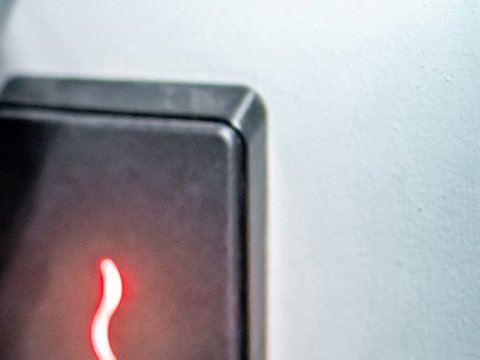Million Dollar Questions: What to Ask When Starting an IoT Project
To make the most of your IoT solution, it’s crucial to ask and answer the right questions before implementation begins.
The Internet of Things (IoT) paves the way for improvements in efficiency, data-driven insights and revenue. But to ensure the success of your IoT project, you’ll need to evaluate your strategy and ask the right questions before implementation.
Planning is critical because integrating IoT into your company’s ecosystem will involve multiple stakeholders and processes. And considering that IoT devices are typically attacked within five minutes of connecting to the internet, security must play an important role in your planning.
But despite the risks, 93% of executives believe IoT is more beneficial than it is risky. When you prepare and ask the right questions, a well-designed IoT solution can play a vital role in the growth of your business.
7 questions to ask before implementing an IoT solution
A cloud-based IoT solution typically includes four components: devices, connectivity, a data processing platform and a user interface. When preparing for an IoT implementation, you need to consider every aspect of the project, from manufacturing logistics to determining how you will deploy the devices. Nearly two-thirds of enterprises expect ROI within three years of an IoT investment — but to achieve it, you’ll need to ask several questions before you implement your IoT solution.
1. What is the problem you’re trying to solve?
Most companies start with a general idea of the problem they want to solve with their IoT solution — but that’s often not enough for a successful implementation. Whether you want to optimize systems with machine learning or monitor industrial equipment remotely, you need to clearly define the exact problem you want to solve.
2. Who are the stakeholders?
The identification of stakeholders is essential for determining the amount of data you need to collect and how you curate that data. For example, business stakeholders usually prefer to see more aggregated data than an IT or technical stakeholder, who would likely prefer more detailed information from each device. Identifying your stakeholders also helps you determine whether the data needs to be accessible on mobile, desktop or both.
3. What does the solution look like? Are there constraints?
Now that you’ve identified your business problem and stakeholders, you can begin to explore your solution and potential obstacles. As you develop a solution, consider factors like device bandwidth and size, storage requirements and even details like device location and how it will access Wi-Fi. Evaluating these details helps you determine best practices when it’s time to implement the solution and start collecting data.
4. What is the total cost of the solution?
Quantifying the total cost of an IoT solution is complicated. You need a pricing model that is flexible and considers price per device, infrastructure, the costs associated with monitoring and other factors. IoT solutions require a continuous cost analysis, so you may need to adjust your plans as pricing fluctuates over time.
5. How will you handle security?
More than two-thirds of enterprises have experienced security incidents with IoT devices. But you need to nail down security upfront because it’s much more difficult to implement later on. As you determine how to securely transport and store data, consider details like who will be granted network access and how you will filter out sensitive data. You should also account for scalability. A specific security tactic might work for a certain number of devices, but may not scale to thousands of devices in a larger IoT deployment.
6. What is your timeline?
There are several factors to consider when determining the timing of your solution. For starters, you need to account for the shipping times of various system components, which may be delayed due to pandemic-related disruptions in the supply chain. Many manufacturers are located overseas, so you should also account for customs delays. Keep in mind that some manufacturers may need to retool their production lines for certain devices, which may further extend timelines.
7. How will you test and monitor the devices and solution?
Before you install hundreds of devices, you need to determine how you will test and monitor them as well as other components in your IoT solution. Consider both the physical performance of the devices (e.g., battery life and data capturing capabilities) and how effectively your solution is solving your problem (e.g., whether it is collecting the right data). Additionally, determine how you will complete electrical physical testing and regulatory compliance testing for your devices after they are implemented.
IoT solutions can optimize workforce processes and systems, creating competitive advantage. But to make the most of your solution, it’s crucial to ask and answer the right questions before implementation begins.

Build or Buy: Tackling IoT’s Toughest Decision
About the Authors

Vice President of Cloud Native Development & IoT
Akito Nozaki
Akito Nozaki is part of the Cloud Native Development (CND) Practice at Rackspace and has been involved in various projects from hardware/embedded, full stack cloud solution to desktop application. Akito has been leading the hardware team to help shape the cloud native IoT platform on AWS.
Read more about Akito NozakiRelated Topics


